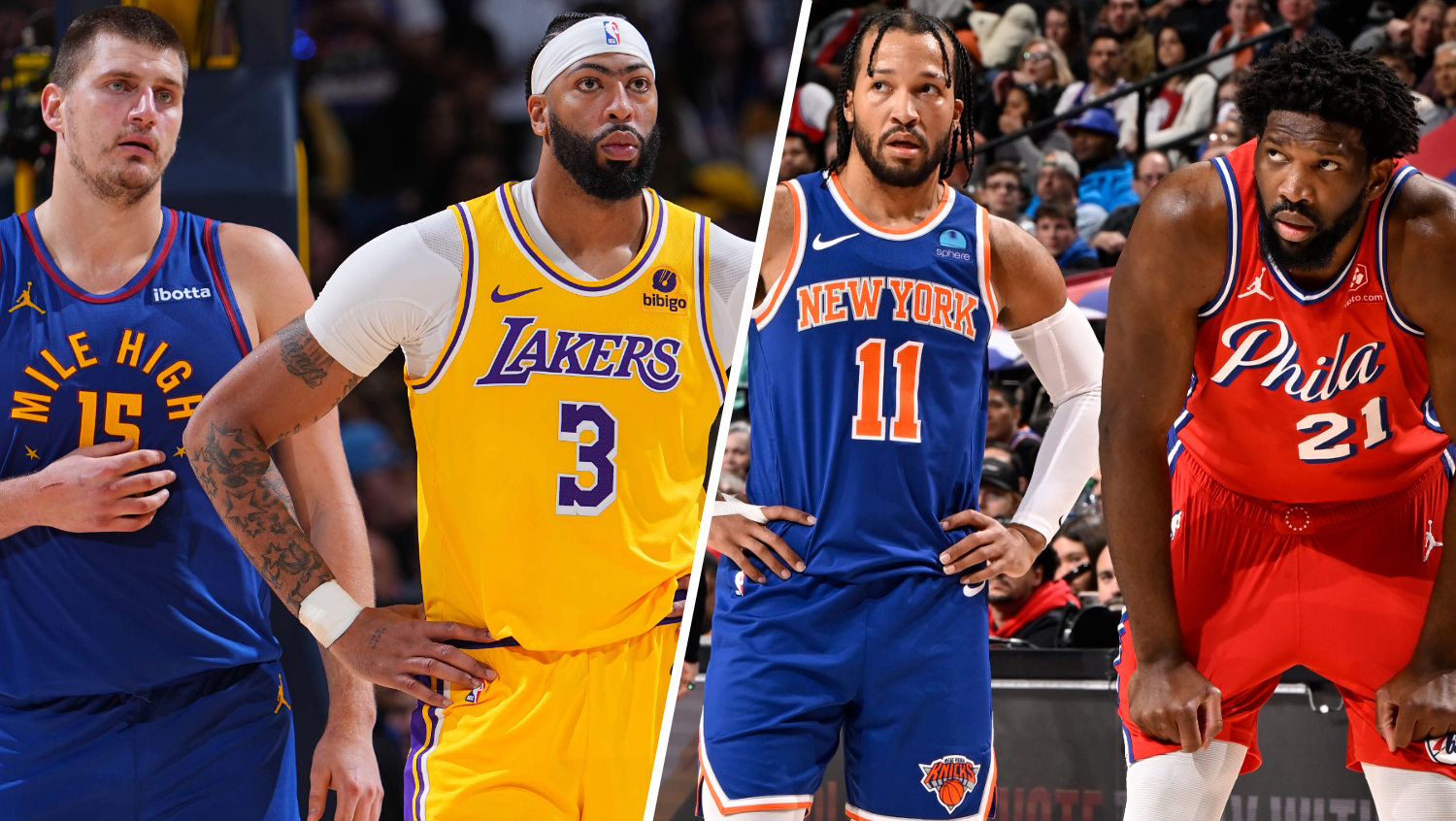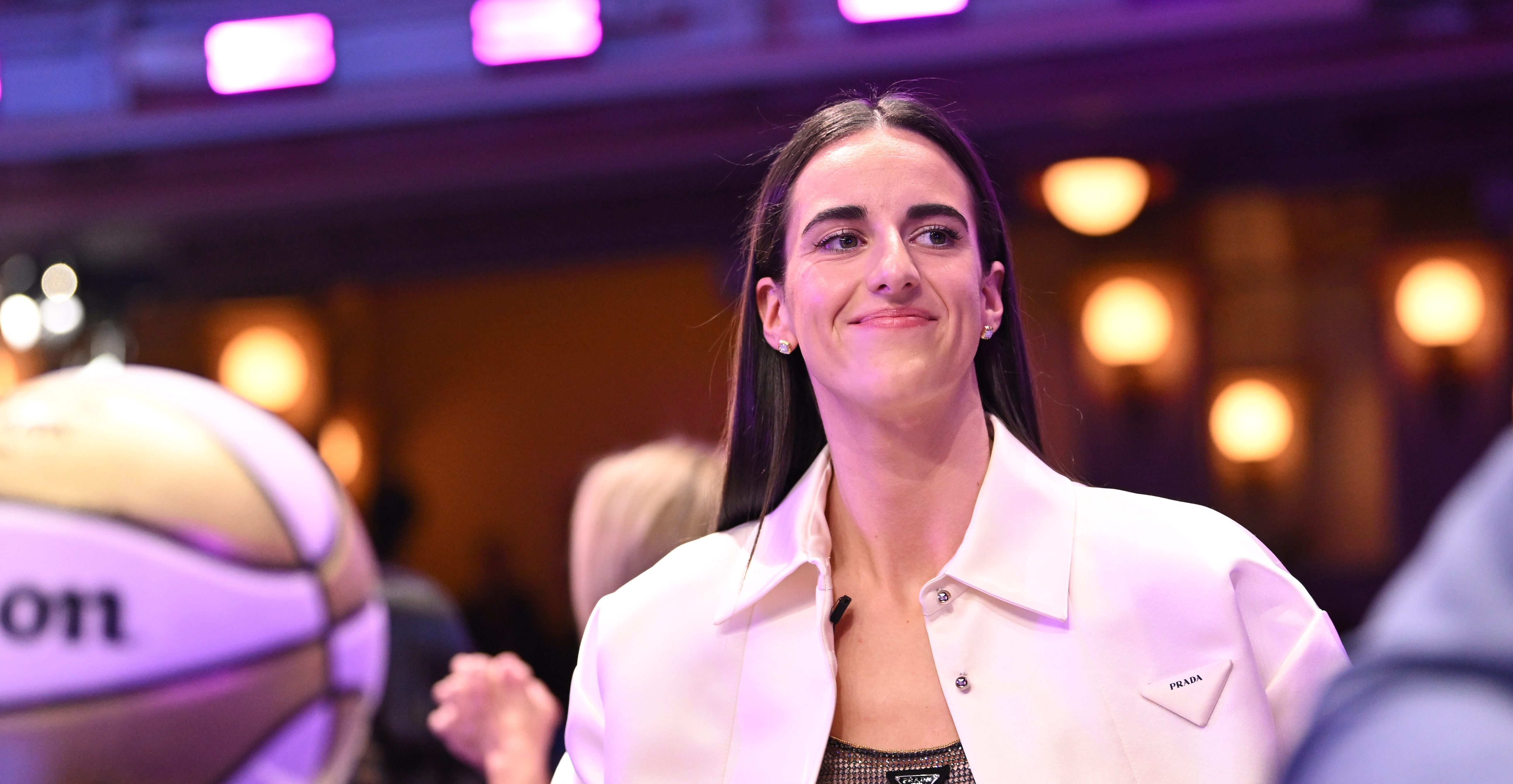Let me start this off by discussing the move back to No. 31. Great idea, in theory. Historically, teams have found the most value drafting in the back of the first round and throughout the second round (relative to the cost of the picks). So that’s the good news.
The bad news is the Cowboys got below-average compensation. According to the NFL Draft Value Chart, the 49ers should have surrendered their second-round selection for the rights to move up from 31 to 18—not their third. Now, the Cowboys stated that they have their own trade chart, and that’s fine, but the fact is that teams have been making trades using the “old” chart as recently as last year. Actually, the Cowboys’ trade up for Morris Claiborne last year followed the “old” chart very closely. So it doesn’t really matter what you think the trade back is worth, it’s what you can get for it. And the Cowboys could have gotten a better deal than a third-round pick to move down nearly half of the first round.
Now, let’s talk about Travis Frederick. I broke him down right here in March. Here’s a snippet from that scouting report:
The first thing that must be noted about Frederick is that he had a really poor showing at the Combine, running a 5.58 40-yard dash—the second-slowest for any lineman there—and posting only 21 reps on the bench press. Critics of measurables will point out that “linemen never have to run 40 yards” in games, and while that’s true, it doesn’t really matter. When a player runs such a slow time, it hints to a lack of athleticism. Can Frederick play in the NFL without being an elite athlete? Sure, but he still needs to surpass a certain threshold of athleticism, and I’m not sure he does.
Frederick has good size at 6-4, 312 pounds. On film, he plays very intelligently. He handles stunts and blitzes well, and he displays outstanding body position nearly all of the time. Frederick doesn’t typically deliver knockout shots, but he gets between his defender and the ball-carrier or quarterback on most plays. For lacking athleticism, he does a fine job of getting to the second level and walling off defenders.
Frederick is very coachable and he’s going to work hard at the next level. He’s the “right kind of guy,” but I’m not sure if he has the right kind of athleticism to really thrive in the NFL. He’s not going to provide flawless pass protection, and there’s a good chance he’ll get eaten up by the league’s quicker interior defensive linemen. Plus, there are questions about how stout he can be at the point-of-attack.
My scouting report really mirrored what a lot of others were saying about Frederick; he’s second-round talent at best (and more realistically a third-round guy), and it’s highly unlikely he was as high on anyone else’s board as the Cowboys.
Sports Connection
Connecting you to your favorite North Texas sports teams as well as sports news around the globe.
Again, I think the major mistake the Cowboys made here was in failing to take others’ beliefs into consideration. Frederick might have been their guy at that spot—and maybe even their highest-rated player—but it doesn’t matter if you can draft him later. We can discuss Frederick’s ability all day, but I don’t think there’s much of a doubt that there was a really good chance that Frederick was going to drop to Dallas in the second round.



